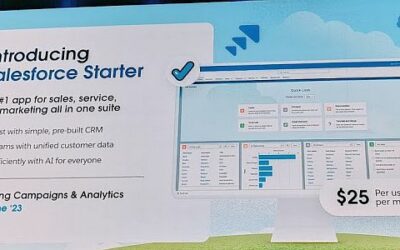NASSCOM kicks off its India Leadership forum 2015 (11 – 13 Feb) amid positive sentiment in the Indian IT-BPM industry. The industry performed well in the current financial year, is on track to achieve its targets, and has many opportunities ahead. Buoyed by new forces like e-commerce, a vibrant startup ecosystem, the government’s Digital India initiative, and digital transformation, the domestic industry is upbeat once again. It is on track to achieve the $50 billion target for the current financial year (14 percent growth). And new global opportunities exist for India by way of Engineering R&D and product development – giving the country other avenues to pursue, beyond cost-based offshoring. ER&D and product development is the fastest growing segment at 13.2 percent. But NASSCOM is somewhat cautious in its 2016 outlook, warning that India’s software engineers will need to quickly reskill, or miss out on emerging opportunities.
Aggregate industry revenues for 2015 are estimated to grow at 13 percent at $146 billion. The export revenue is expected to grow at 13 percent to reach $100 billion revenues. After factoring in currency shifts and economic challenges (to the tune of 0.8 percent), growth is estimated to be 12.3 percent.
NASSCOM estimates that the next financial year (2016) will add revenues of $20 billion. Export revenues are expected to grow by 12 – 14 percent to reach $110 – 112 billion. And domestic revenues (including ecommerce, which is the fastest growing sector) for the same period will grow at a rate of 15 – 17 percent to reach $55-57 billion by the end of the financial year.
“We had shared our 2020 vision of achieving $300 billion by 2020, and are happy to note that we are half way there. If these growth rates continue, we are confident of meeting this target,” said R. Chandrasekeran, Chairman, NASSCOM.
Chandrasekeran also stressed on the importance of reskilling to meet opportunities. “We need to focus on skill (development) so that we can grow even faster in the future. Note that there is 7 percent growth in employment, whereas the incremental export growth revenue is almost 11 percent. This is because we are able to bring in a lot more efficiency in the way we deliver services – leveraging platforms, technologies or undertaking projects based on business outcome,” he said. “We are increasing looking at a non-linear revenue model, but that doesn’t mean that the opportunity will come down. However, if we reskill ourselves and create newer platforms and offer value, this sector has unlimited value. Digital transformation from a skill point of view is very important to continue to generate employment opportunities and grow this sector.”
The IT industry in India contributes 9.5% to the national GDP, by far the highest among industries. It is also the largest employer in the sector, and created 3.5 million jobs; it employs 2,30,000 people every year. More than 1.2 million IT-BPM workers are women, so the industry is an ardent promoter of diversity. And it holds the largest share in total services exports revenue, in excess of 38 percent. It is a leading global sourcing destination with a global market share of 55 percent. There are over 3,100 startup companies here, making India the fourth largest startup hub in the world. And India attracts PE/VC investment, which has grown 53% year-on-year, amounting to USD 6 billion in investment.
NASSCOM India Leadership Forum is the largest edition so far. About 1,600 attendees and 160 plus speakers are expected, and there are over 50 sessions on the conference agenda. There will be participation from 30 plus countries, with 55 or so sponsors.
Be sure to visit the Digital Experience Zone, a highlight of the event. It which showcases the latest products and technologies from NASSCOM members.
NASSCOM is trending on Twitter, with the hash tag #NASSCOM_ILF
—









